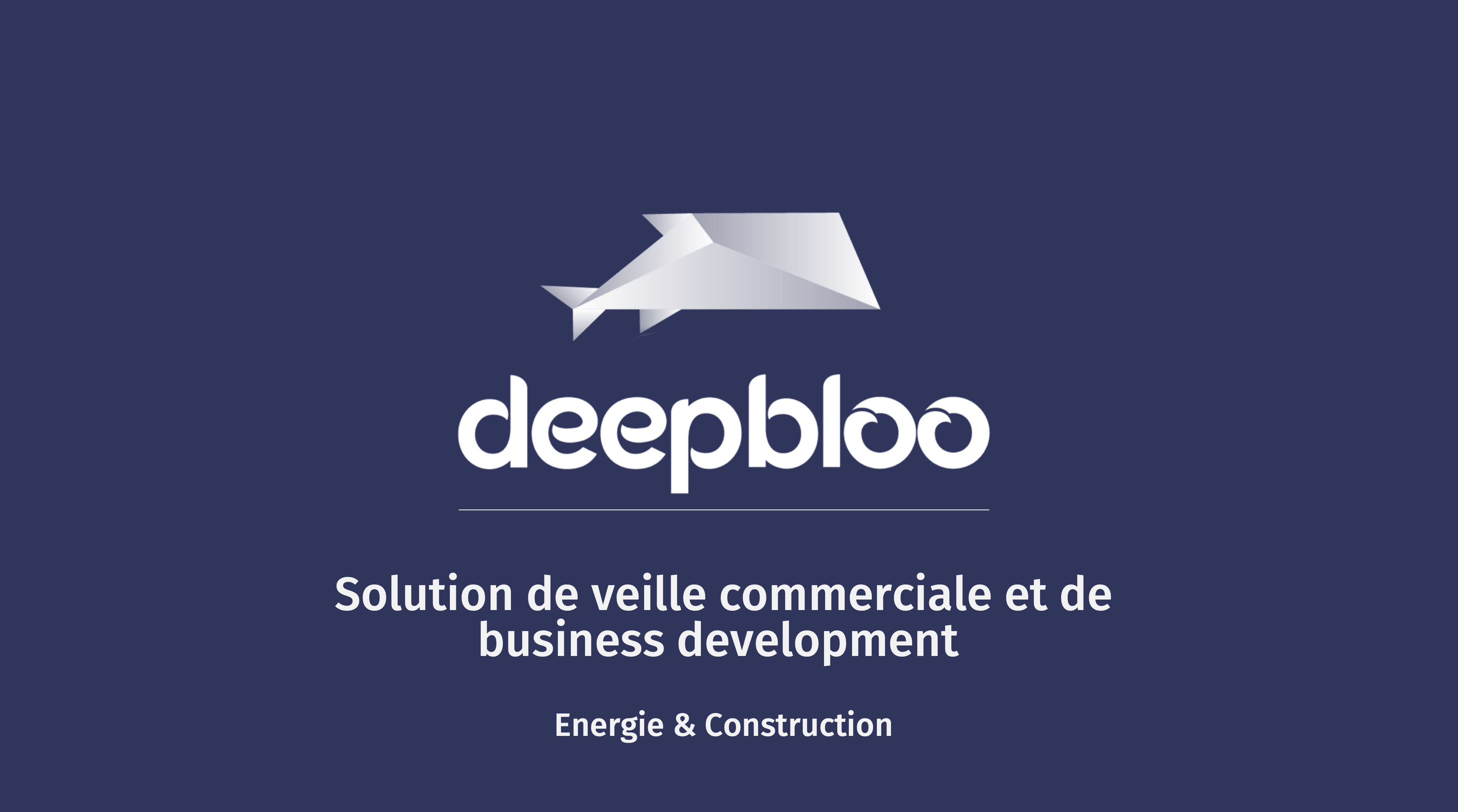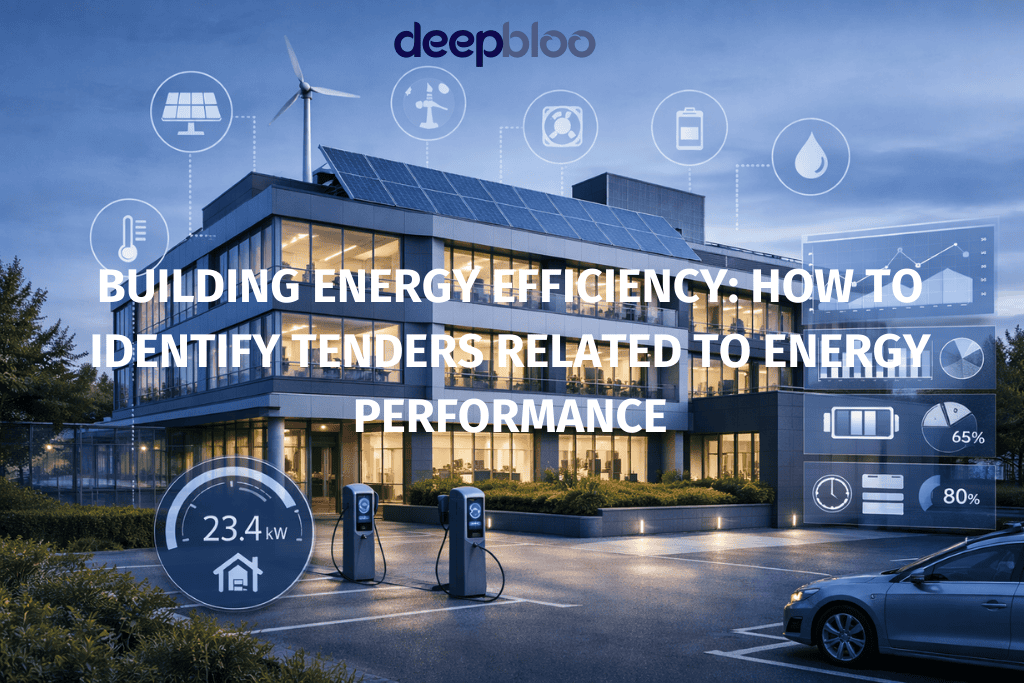Wind Turbine Recycling in Europe


.png)
Wind turbines have an average lifespan of 20 to 25 years. With the first large-scale installations from the 1990s and 2000s reaching the end of their life, the need for effective recycling solutions is becoming urgent.
Materials and Their Impact
The structure of wind turbines is divided into four parts: the base, the tower, the rotor (hub and blades), and the nacelle.
- Base and Tower: Made of concrete and steel, these materials, while essential to the structure, are among the most polluting, contributing to 15% of global CO2 emissions. Fortunately, they are recyclable, which helps reduce their environmental impact when properly processed.
- Rotor Blades: Composed of fiberglass, wood, foam, resin, and sometimes carbon, the blades have been difficult to recycle. They often end up in landfills or are incinerated.
- Nacelle and Hub: Made of various metals and recyclable cast iron, these components pose fewer recycling challenges. However, the use of rare earth magnets in some offshore wind turbines presents significant environmental challenges. These rare earths, mostly controlled by China, impact ecosystems during extraction.
Regulation
- A European Waste Directive imposes strict waste management obligations, encouraging recycling and material reuse. Ursula von der Leyen, President of the European Commission, stated, "The Future of Our Cleantech Industry Has to Be Made in Europe," highlighting the importance of local and sustainable waste management.
- Although some European countries like Austria, Finland, Germany, and the Netherlands have banned the landfilling of blades, no European standard currently governs the dismantling, recycling, and export of used rotor blades. France, on the other hand, has mandated since January 2024 that new wind turbine installations must be 95% reusable or recyclable by mass.
Innovations
- Siemens Gamesa has developed fully recyclable blades for offshore wind turbines, while Vestas has developed a chemical solution to recycle epoxy blades.
- Rare earth-free solutions for offshore wind are being developed, reducing the environmental impact of extracting these materials. However, using high-performance magnets that require rare earths would significantly reduce the need for steel and concrete, making this a topic of debate.
Recycling wind turbines in Europe is a complex but essential challenge to ensure the sustainability of the renewable energy sector. Thanks to technological innovations and the implementation of stricter regulatory frameworks in some countries, Europe is developing promising solutions for responsible waste management. To ensure wind energy remains a viable and environmentally friendly option for future generations, Europe must continue to innovate in recycling processes and establish a comprehensive European regulatory framework.
Do you work in the wind turbine sector and are looking for tenders or market information?
Deepbloo helps you find the right opportunities for you in just a few clicks, from our thousands of data points worldwide. Find out more about our offers.
%20(1).svg)


%20(1).jpg)









.jpeg)
.png)


.png)
.png)









